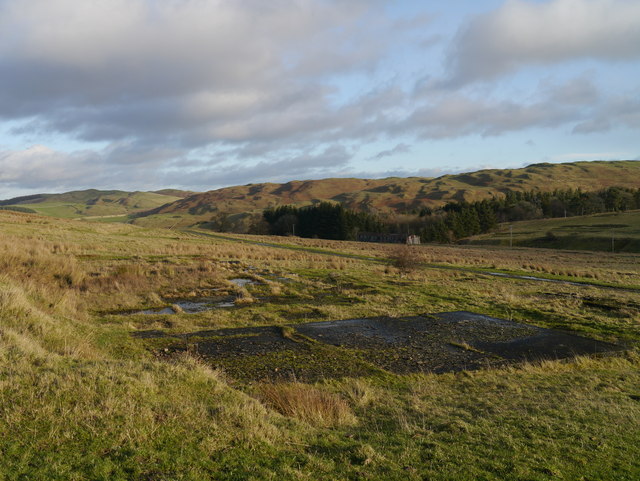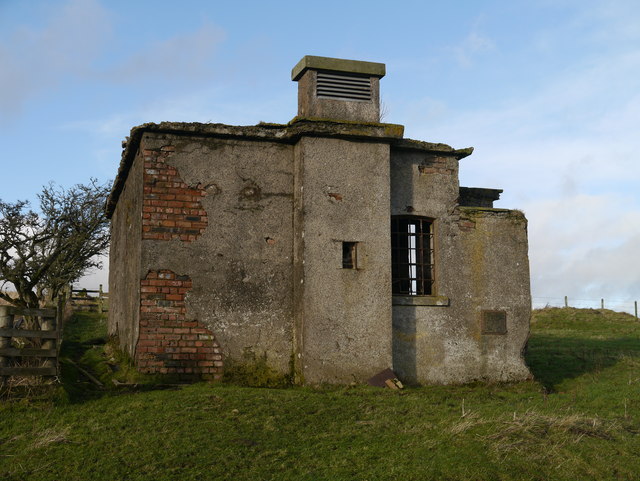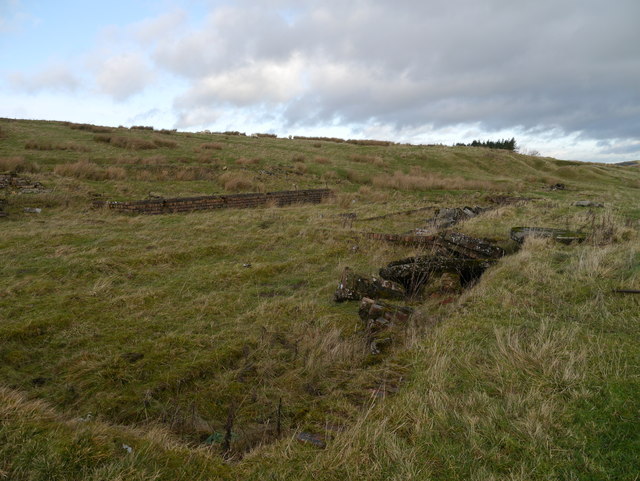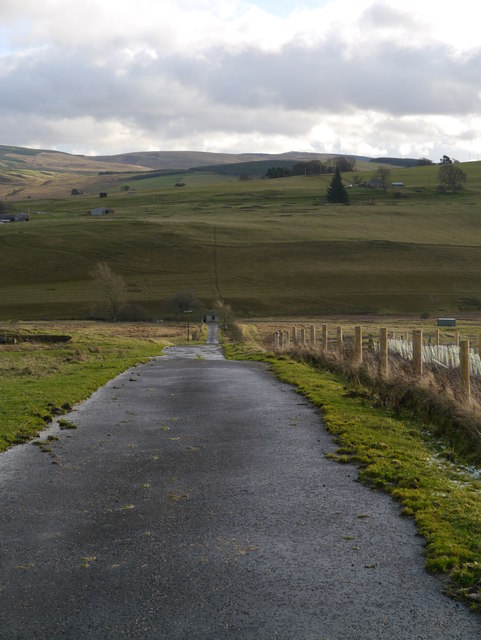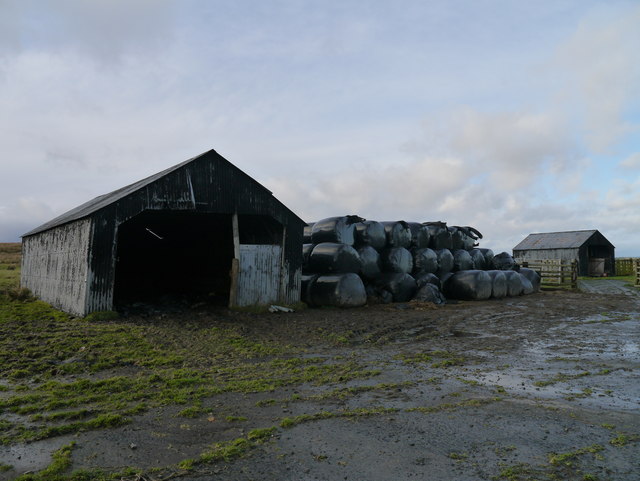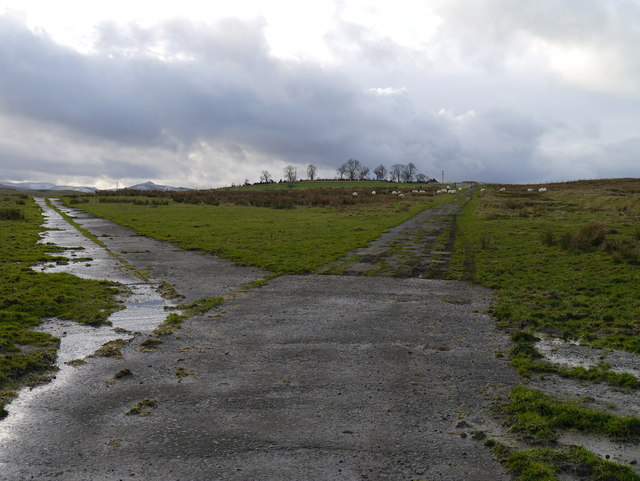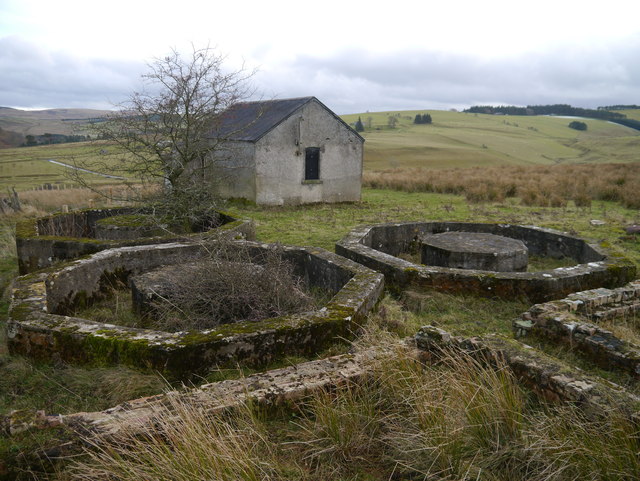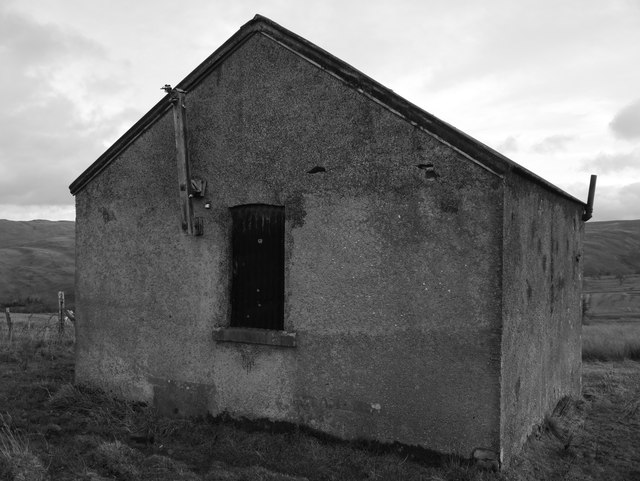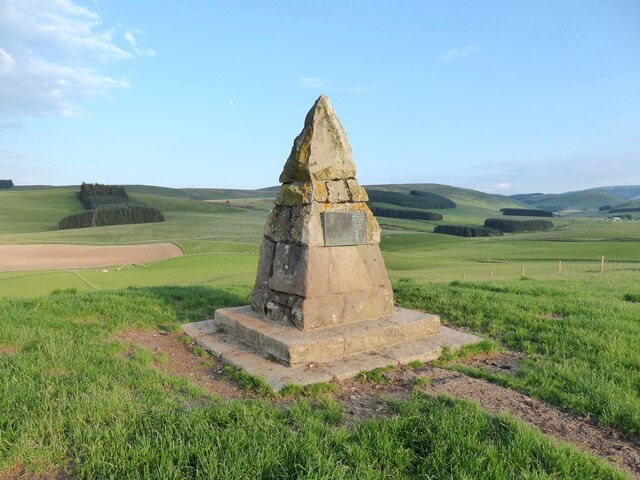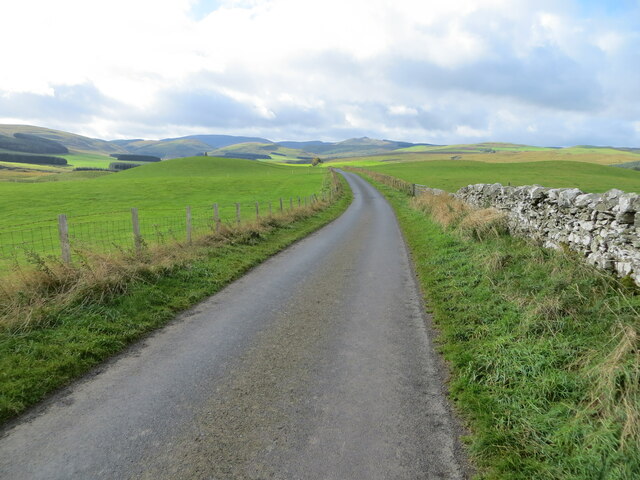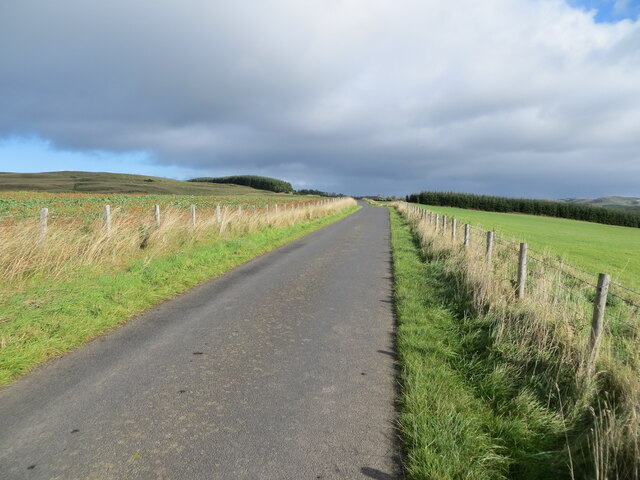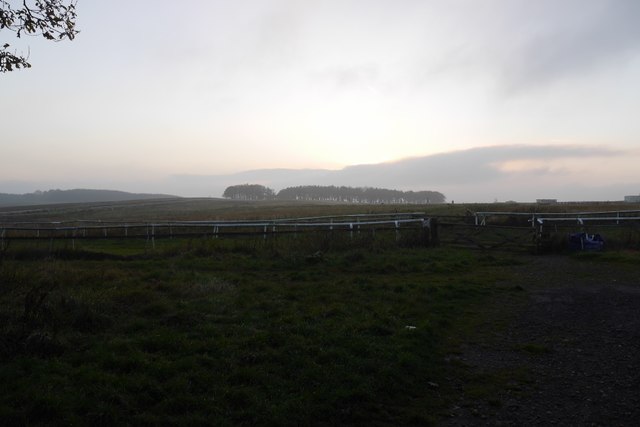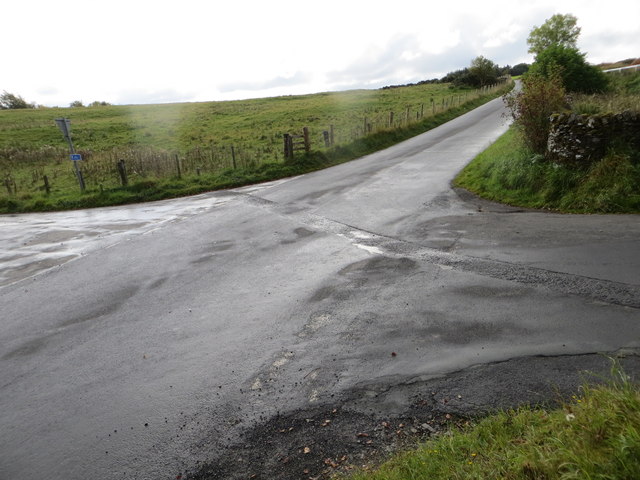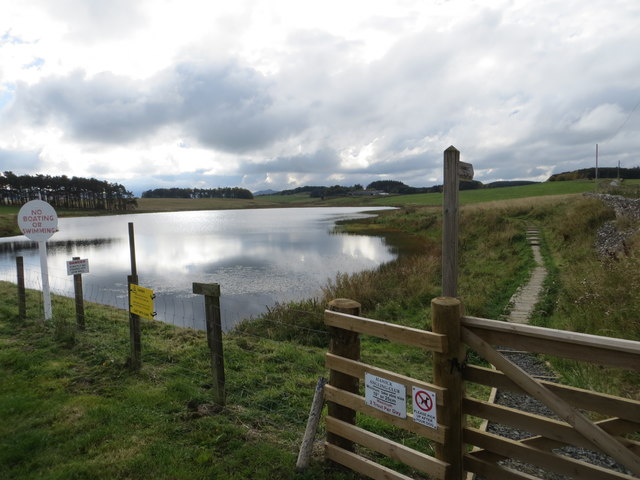St Leonard's Moss
Downs, Moorland in Roxburghshire
Scotland
St Leonard's Moss
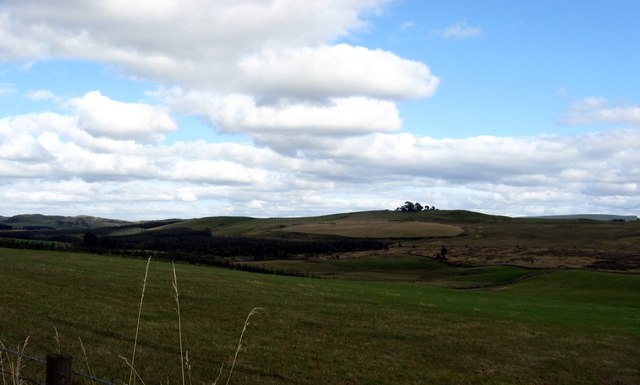
St Leonard's Moss is a vast expanse of downs and moorland located in Roxburghshire, Scotland. Stretching over several square miles, this natural landscape offers a diverse and captivating environment for visitors to explore.
The moss is characterized by its rolling hills, heather-covered moorland, and scattered patches of woodland. The downs offer breathtaking panoramic views of the surrounding countryside, with the green pastures and distant hills creating a picturesque backdrop. The area is home to a variety of plant and animal species, making it a haven for nature enthusiasts and wildlife photographers.
The moorland is dominated by heather, which carpets the ground in a vibrant purple hue during the summer months. This unique ecosystem supports a rich biodiversity, with species such as red grouse, curlews, and merlins thriving in this environment. Visitors may also encounter other bird species, including lapwings and golden plovers.
St Leonard's Moss offers numerous walking trails and paths, allowing visitors to immerse themselves in the natural beauty of the area. These routes cater to all levels of fitness, from gentle strolls to more challenging hikes. Along the way, visitors may come across ancient stone circles and remnants of historic settlements, providing a glimpse into the area's rich cultural heritage.
Whether exploring the downs, wandering through the moorland, or simply taking in the stunning views, a visit to St Leonard's Moss is sure to leave visitors with a deep appreciation for the natural wonders of Roxburghshire.
If you have any feedback on the listing, please let us know in the comments section below.
St Leonard's Moss Images
Images are sourced within 2km of 55.388541/-2.8162305 or Grid Reference NT4810. Thanks to Geograph Open Source API. All images are credited.
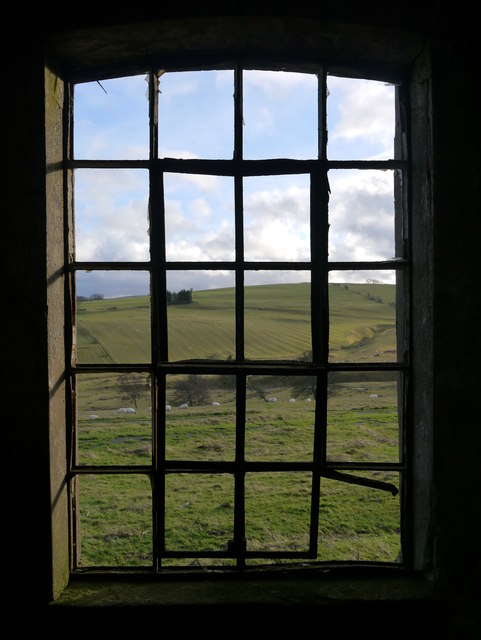

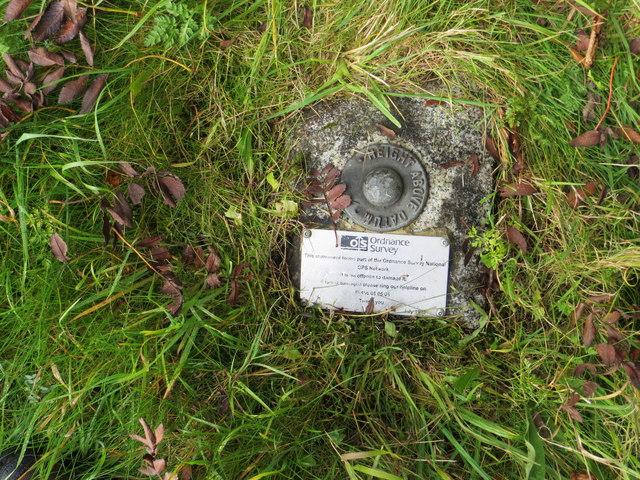
St Leonard's Moss is located at Grid Ref: NT4810 (Lat: 55.388541, Lng: -2.8162305)
Unitary Authority: The Scottish Borders
Police Authority: The Lothians and Scottish Borders
What 3 Words
///verb.unwanted.evolution. Near Hawick, Scottish Borders
Nearby Locations
Related Wikis
Nearby Amenities
Located within 500m of 55.388541,-2.8162305Have you been to St Leonard's Moss?
Leave your review of St Leonard's Moss below (or comments, questions and feedback).
